In the world of high-performance graphics cards, the Nvidia GeForce RTX 5090 reigns supreme, but its sky-high price tag of over $1,999 puts it out of reach for most gamers. Fortunately, the market offers more budget-friendly alternatives like the Nvidia GeForce RTX 5070 Ti and the AMD Radeon RX 9070 XT, both of which deliver exceptional 4K gaming experiences without breaking the bank.
Despite current inflated prices caused by high demand and limited supply post-launch, the RTX 5070 Ti and RX 9070 XT remain top choices for those seeking premium gaming performance. They combine affordability with cutting-edge technology, making them ideal for both 1440p and 4K gaming enthusiasts.
AMD Radeon RX 9070 XT – Visual Overview
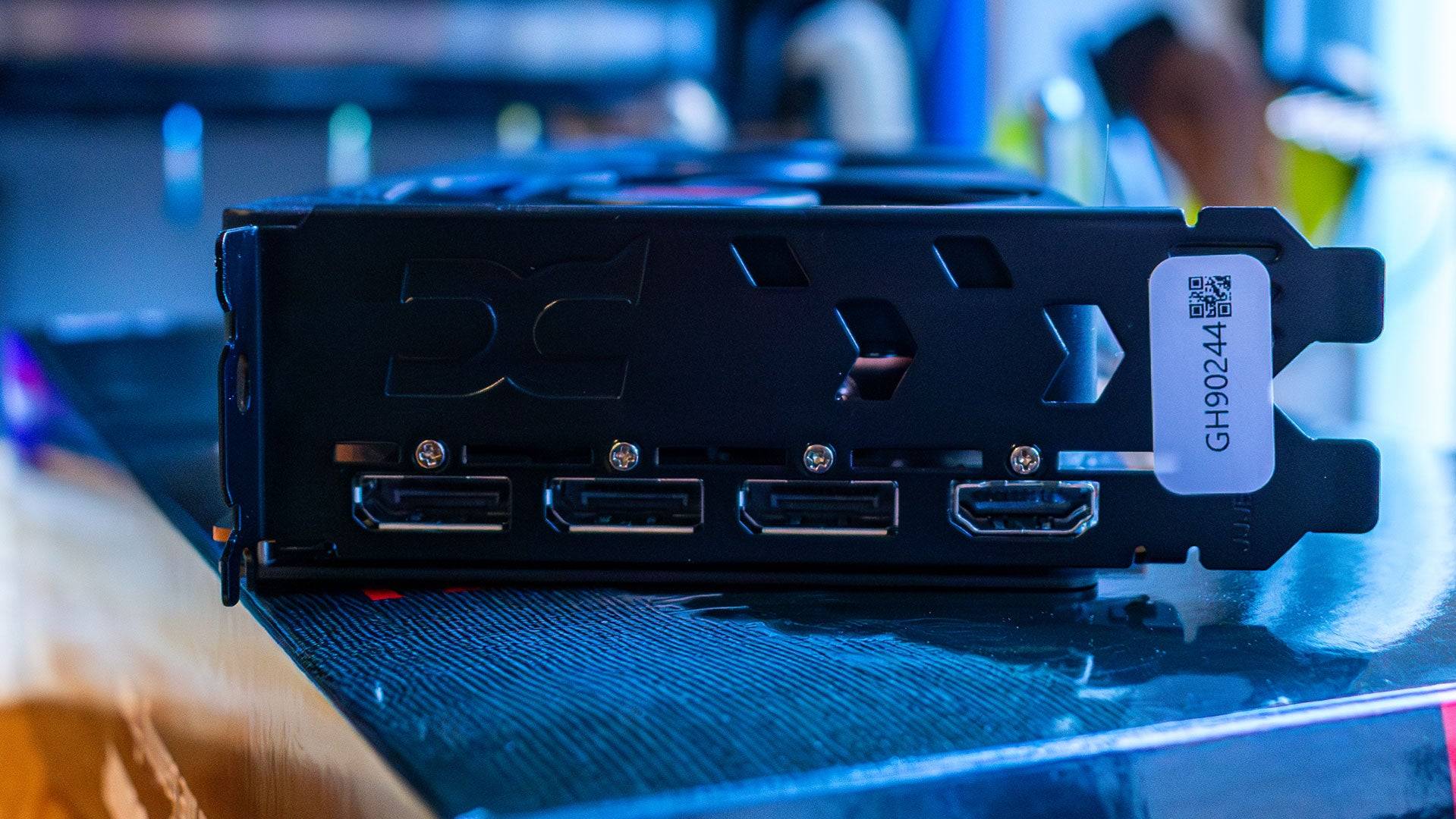
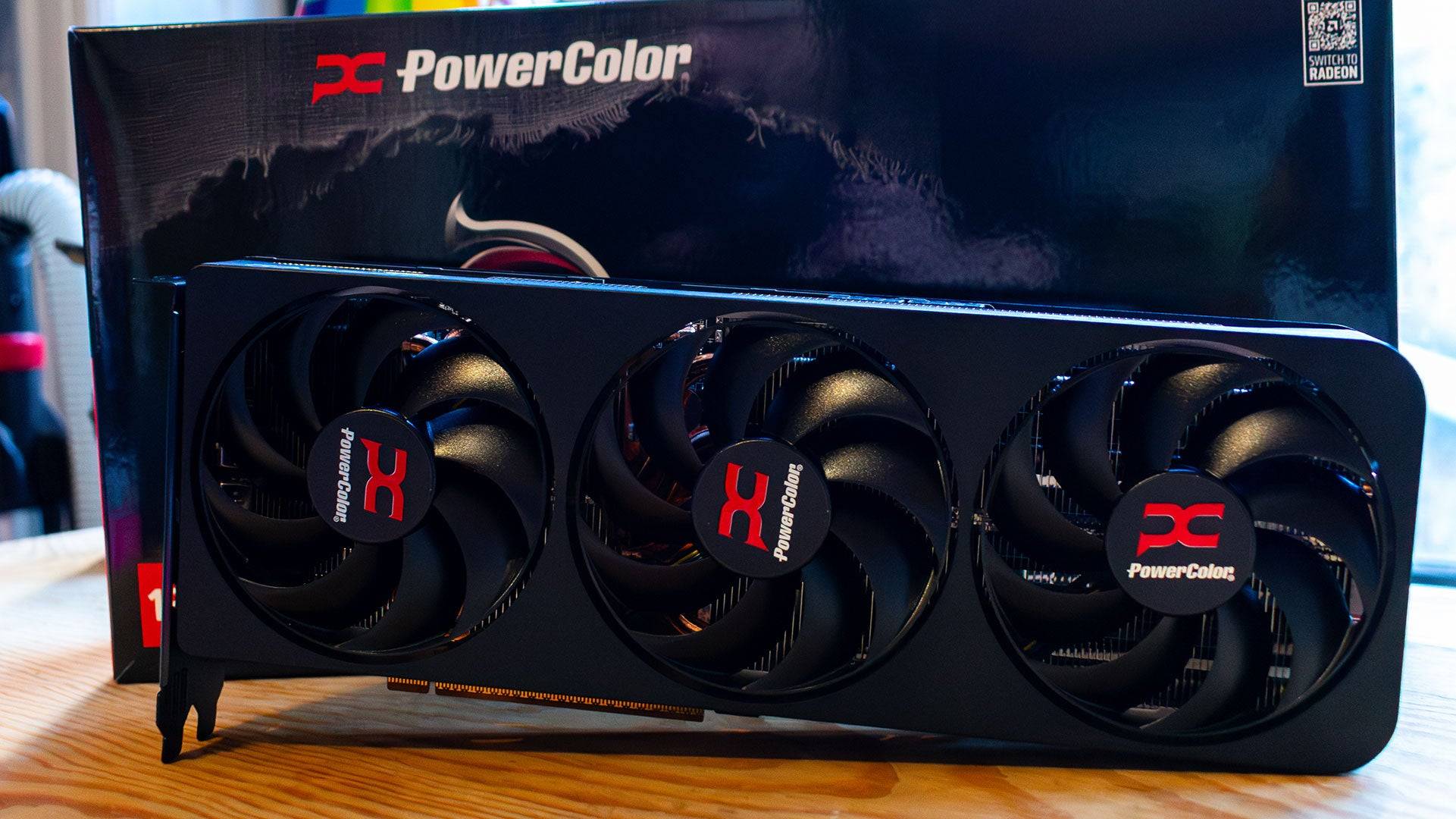


RTX 5070 Ti vs. RX 9070 XT: Specifications
Comparing the RTX 5070 Ti and RX 9070 XT involves contrasting two fundamentally different architectures. While Nvidia’s CUDA cores and AMD’s shading units serve similar purposes, direct comparisons based solely on quantity are misleading.
The AMD Radeon RX 9070 XT boasts 64 compute units, each containing 64 shading units, totaling 4,096. These compute units also include 128 AI accelerators and 64 RT accelerators. Paired with 16GB of GDDR6 memory on a 256-bit bus, this setup ensures strong performance in modern titles, though future demands at 4K resolution may strain it.
Meanwhile, the Nvidia GeForce RTX 5070 Ti also features 16GB of VRAM, but it opts for the newer GDDR7, which theoretically offers faster speeds. Despite sharing the same 256-bit bus width, the RTX 5070 Ti achieves higher bandwidth due to its superior memory speed. Built with 70 streaming multiprocessors (equivalent to compute units), it houses a total of 8,960 CUDA cores or shading units—double the density per compute unit compared to previous generations.
Winner: Nvidia GeForce RTX 5070 Ti
AMD Radeon RX 9070 XT & 9070 – Benchmark Analysis
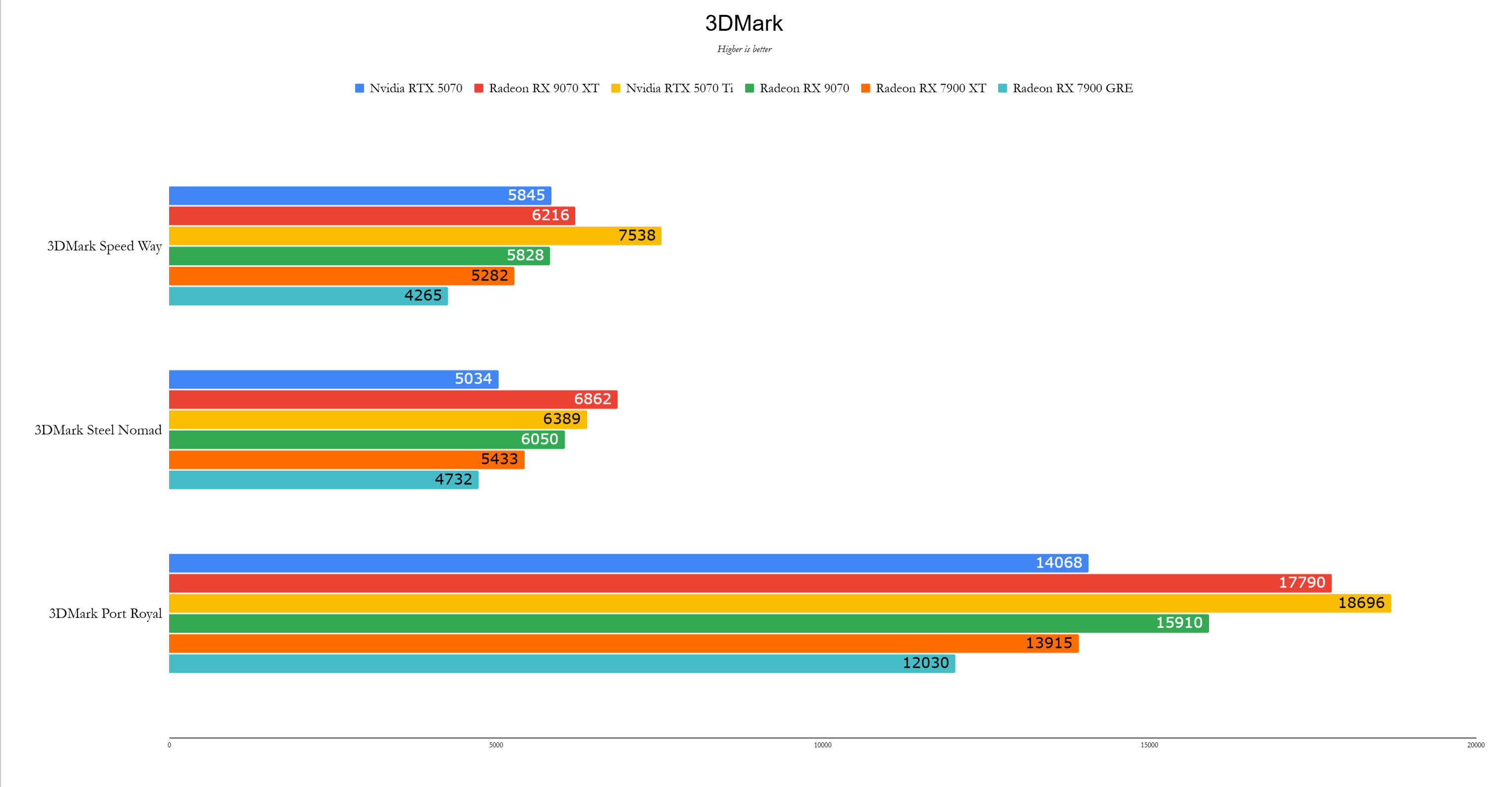
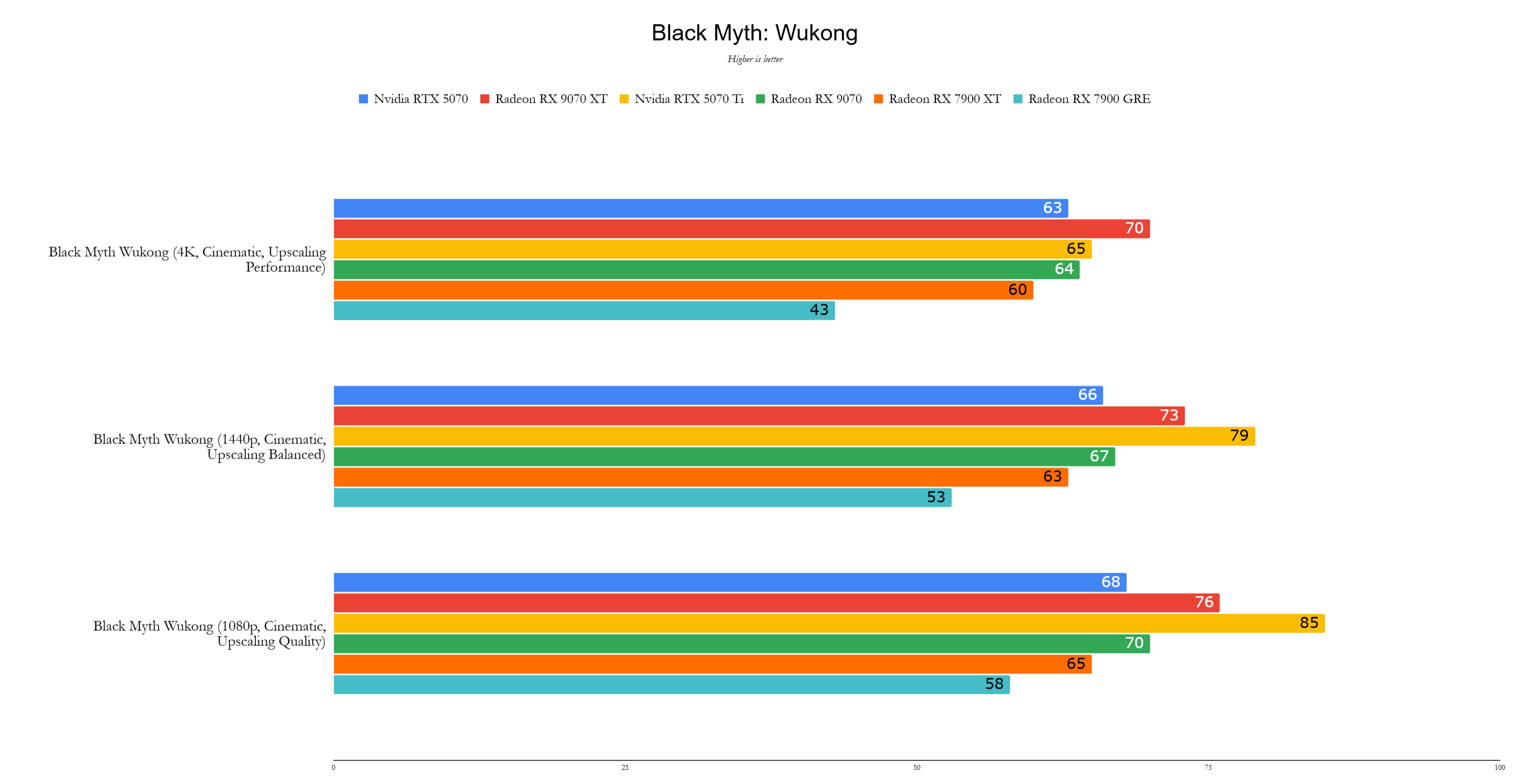
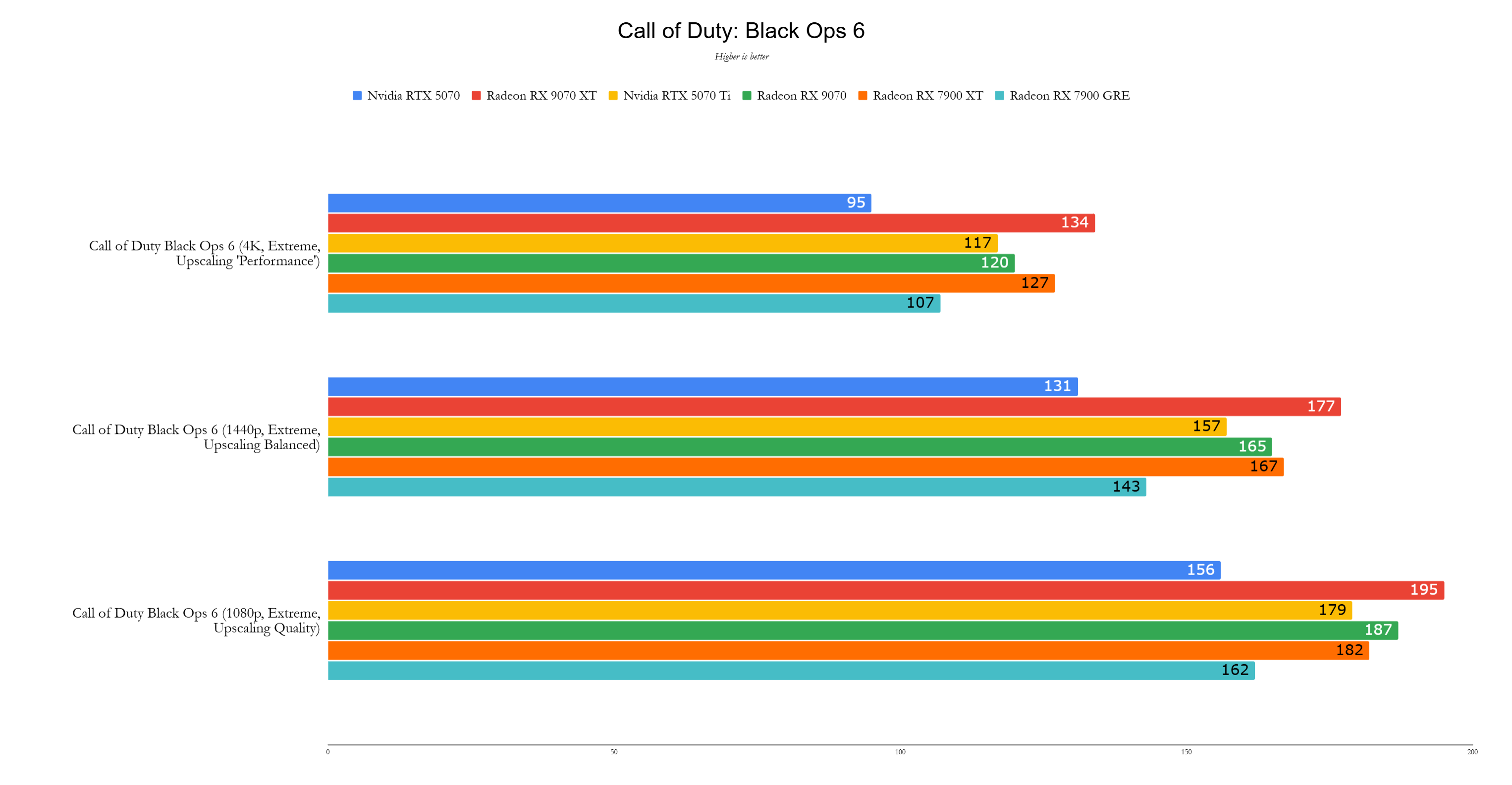
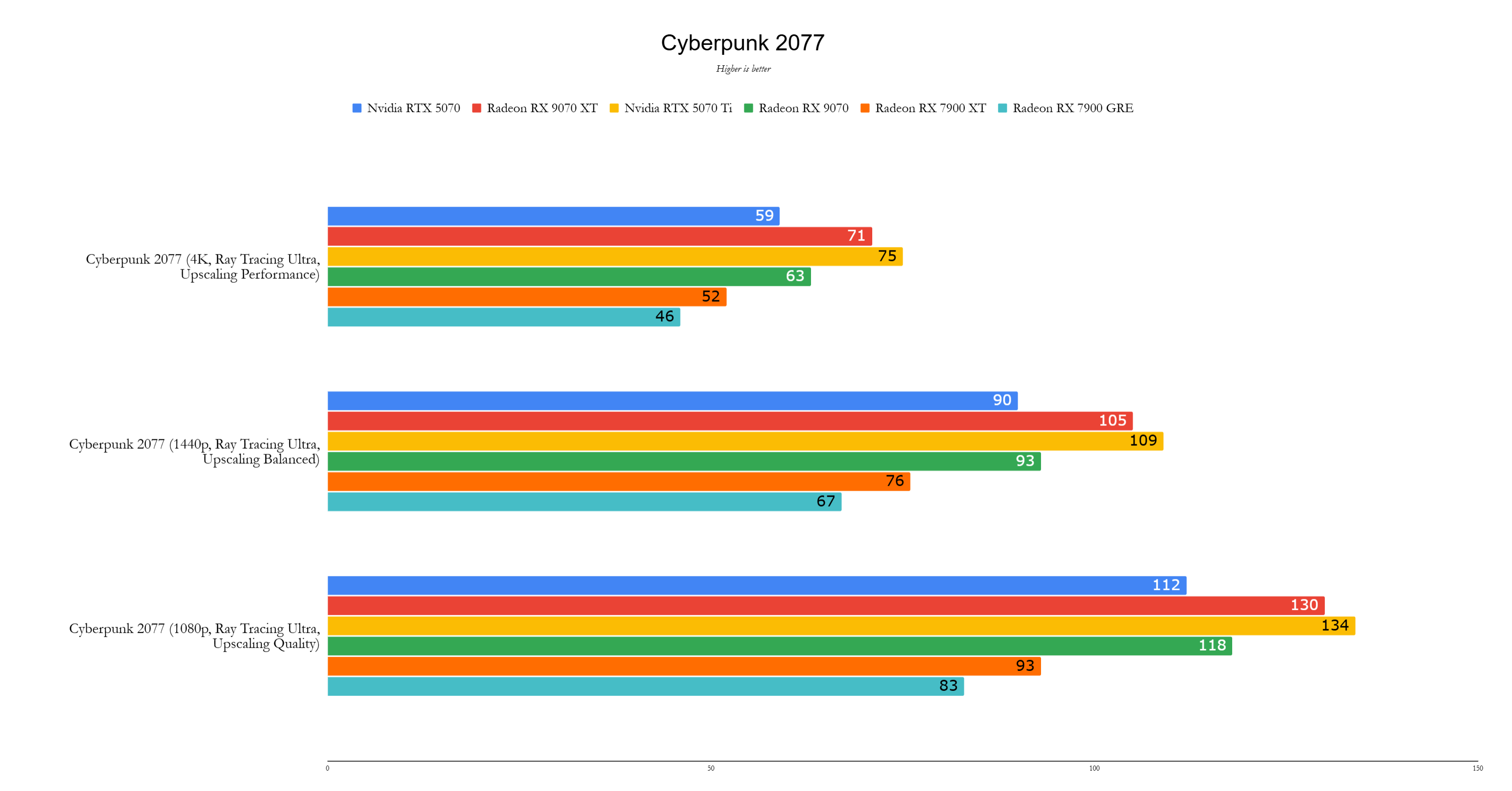

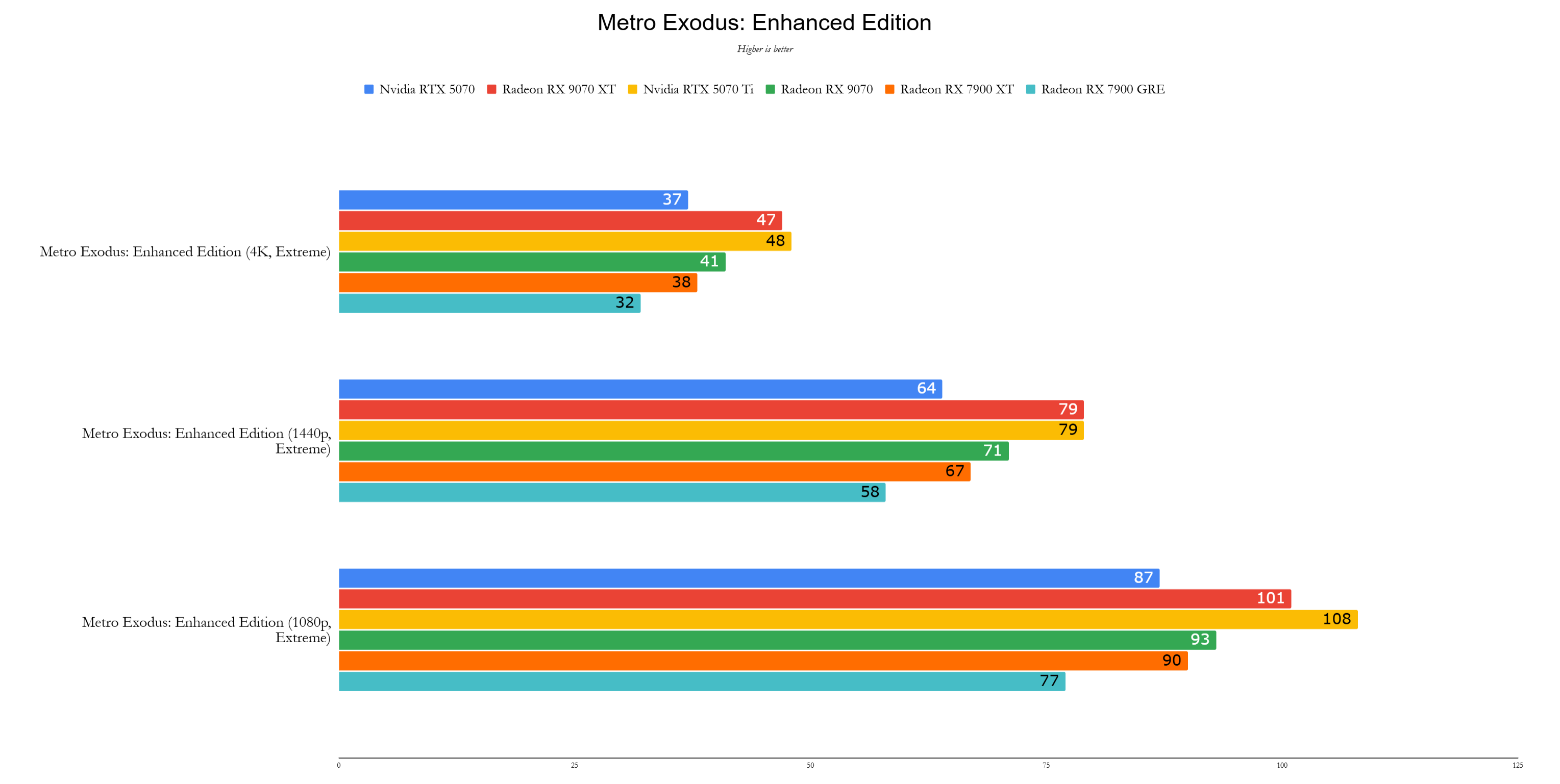
RTX 5070 Ti vs. RX 9070 XT: Performance Comparison
On paper, the RTX 5070 Ti appears significantly stronger than the RX 9070 XT. However, real-world performance reveals a closer race. Both cards excel in 4K gaming, offering solid experiences for entry-level high-end systems, particularly for 1440p gaming.
During testing, the RX 9070 XT performed admirably, even holding its own against the pricier RTX 5070 Ti in demanding titles like Cyberpunk 2077. In scenarios requiring heavy ray tracing, the RX 9070 XT managed to stay within a few frames per second of its competitor.
Certain games showcase the RTX 5070 Ti's edge—for instance, in Total War: Warhammer 3, it achieved 87fps at 4K compared to the RX 9070 XT’s 76fps. Nevertheless, overall, the RX 9070 XT averaged a 2% performance lead, despite costing 21% less.
Winner: AMD Radeon RX 9070 XT
Nvidia GeForce RTX 5070 Ti – Visual Overview
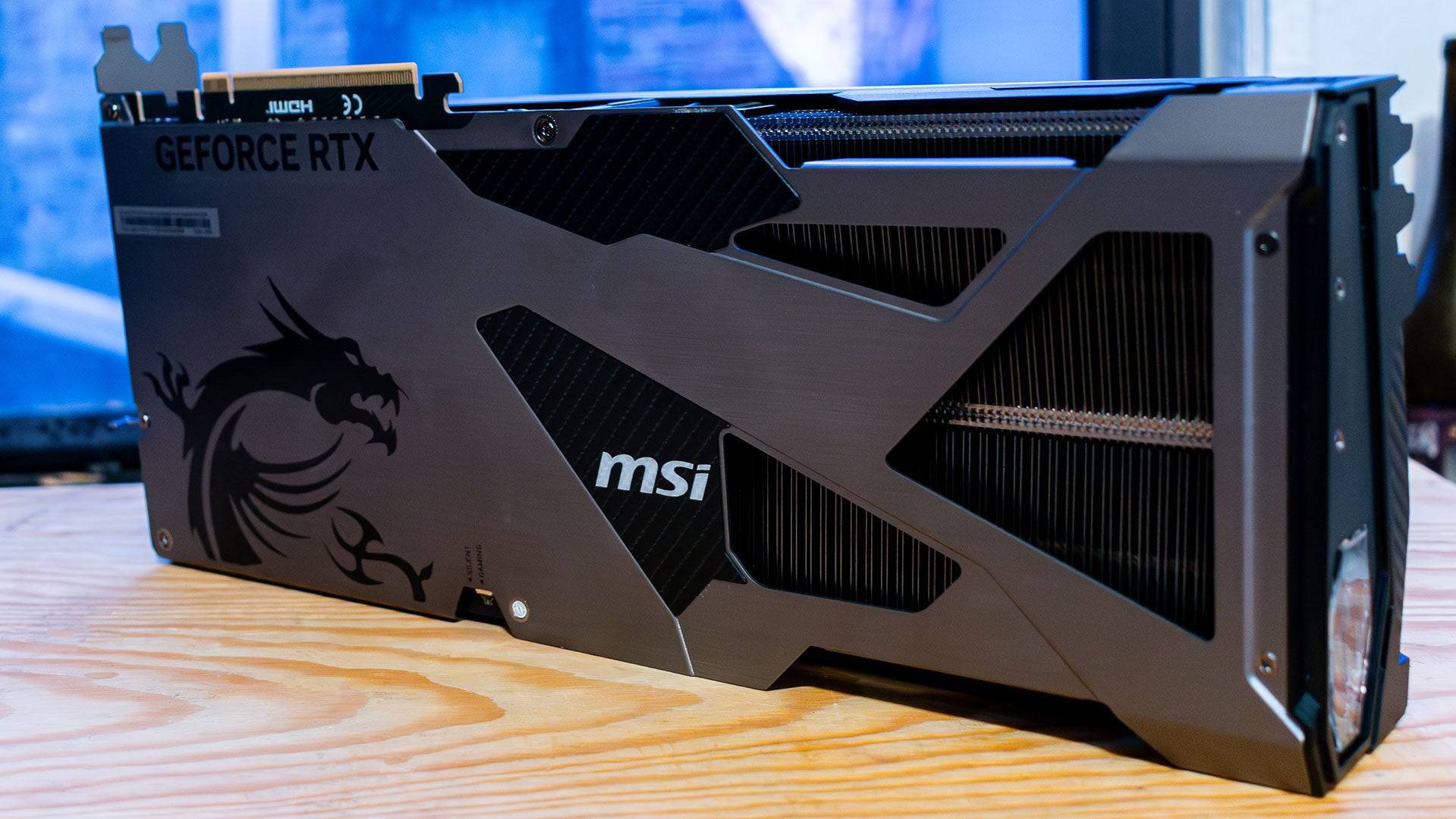

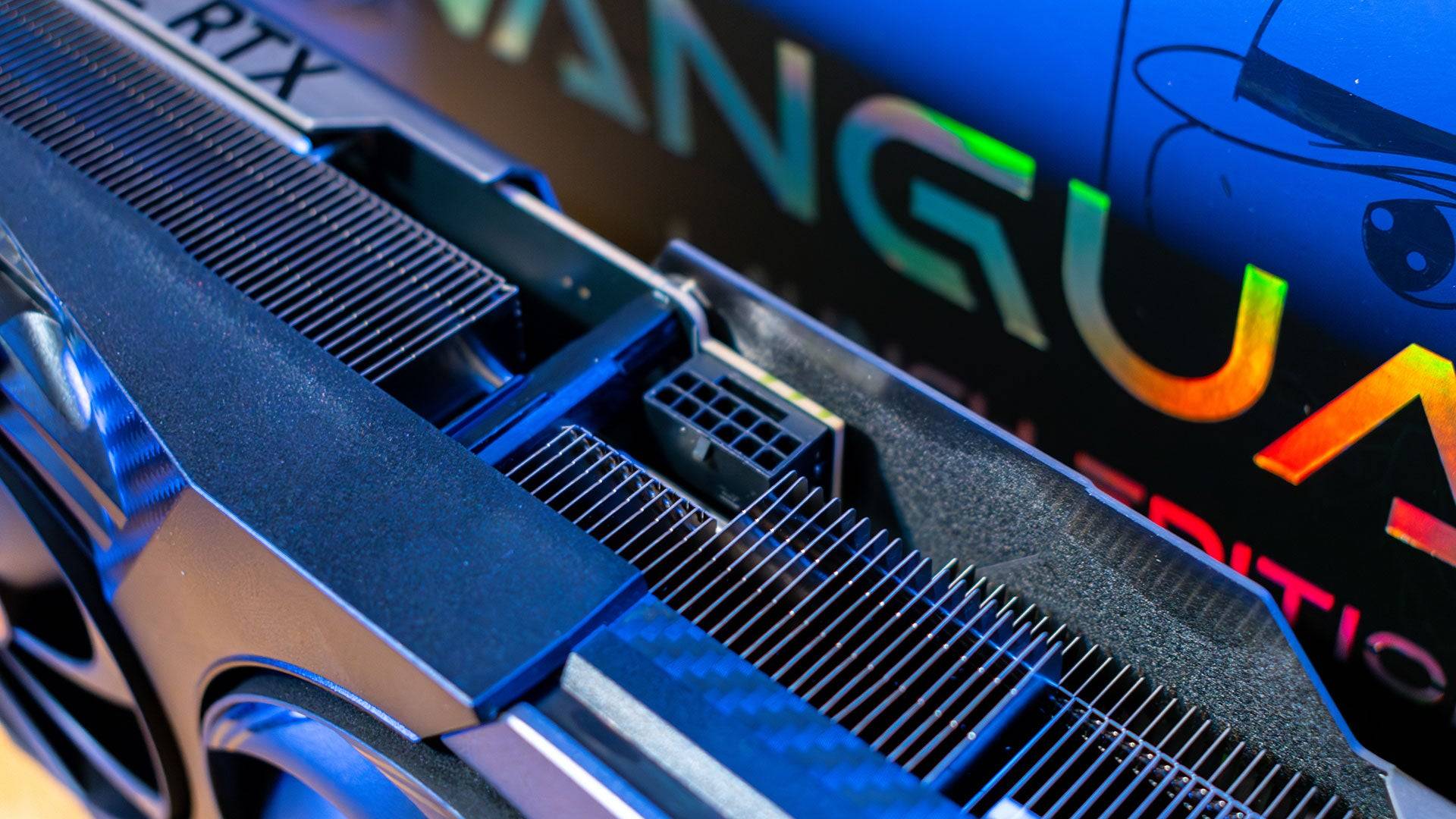
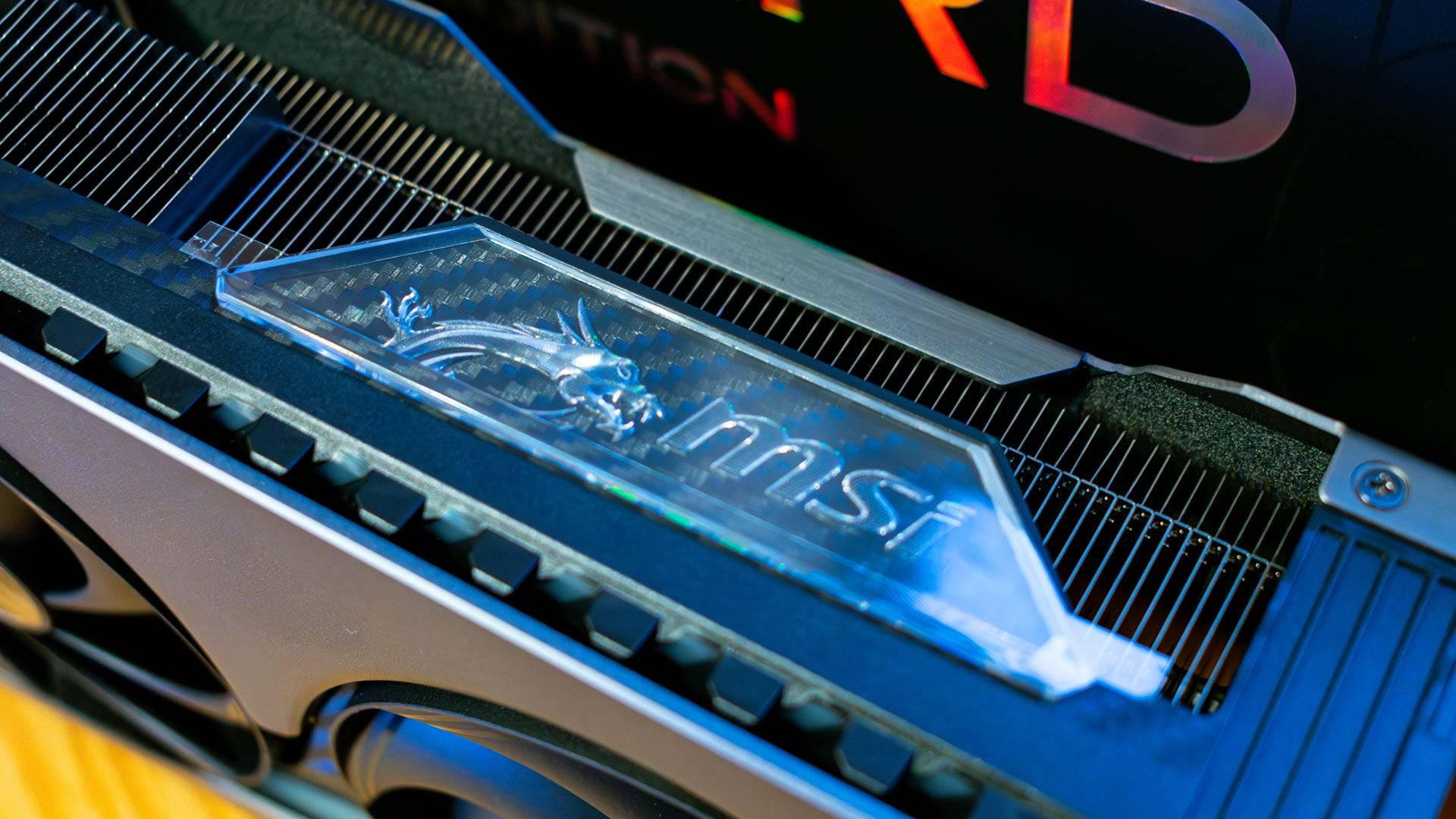


RTX 5070 Ti vs. RX 9070 XT: Software & Features
Today’s graphics cards aren’t judged solely on raw hardware capabilities; software ecosystems play a crucial role. Nvidia’s RTX 5070 Ti shines with its DLSS suite, which includes AI upscaling and frame generation. With DLSS 4, Nvidia introduced multi-frame generation, allowing AI to produce three frames for each rendered frame. Although this boosts frame rates, it introduces slight input lag, mitigated by Nvidia Reflex. To enable this feature effectively, you need a stable frame rate above 45fps, preferably over 60fps.
AMD counters with its FSR 4, marking the debut of AI upscaling on Team Red GPUs. Unlike earlier FSR versions, FSR 4 leverages machine learning algorithms via Radeon RX 9070 XT’s AI accelerators, delivering sharper and more detailed images akin to Nvidia’s DLSS. However, as this is AMD’s first-generation implementation, it trails slightly behind Nvidia’s seven-year-old DLSS ecosystem.
Winner: Nvidia GeForce RTX 5070 Ti
RTX 5070 Ti vs. RX 9070 XT: Pricing
GPU pricing remains volatile due to ongoing shortages and inflated costs. Both Nvidia and AMD suggest retail prices, but third-party sellers often inflate them. While future price normalization is uncertain, it’s hoped that supply will meet demand soon.
At its initial price of $599, the RX 9070 XT represents remarkable value, offering top-tier 4K gaming with FSR 4. This aligns with past flagship GPU pricing trends before Nvidia began raising standards.
Nvidia priced the RTX 5070 Ti at $749, a steep $150 premium over the RX 9070 XT. While Nvidia’s card excels in specific areas like multi-frame generation, whether this justifies the added cost depends on individual preferences and gaming habits.
Winner: AMD Radeon RX 9070 XT
Final Verdict: The AMD Radeon RX 9070 XT Takes the Crown
While both the RTX 5070 Ti and RX 9070 XT deliver impressive 1440p gaming experiences, the RX 9070 XT stands out for its competitive pricing and comparable performance. Even without multi-frame generation, it caters well to mainstream gamers aiming for high-end 1440p or even 4K gaming. Thus, assuming prices stabilize, the RX 9070 XT emerges as the clear winner.

 Latest Downloads
Latest Downloads
 Downlaod
Downlaod




 Top News
Top News









